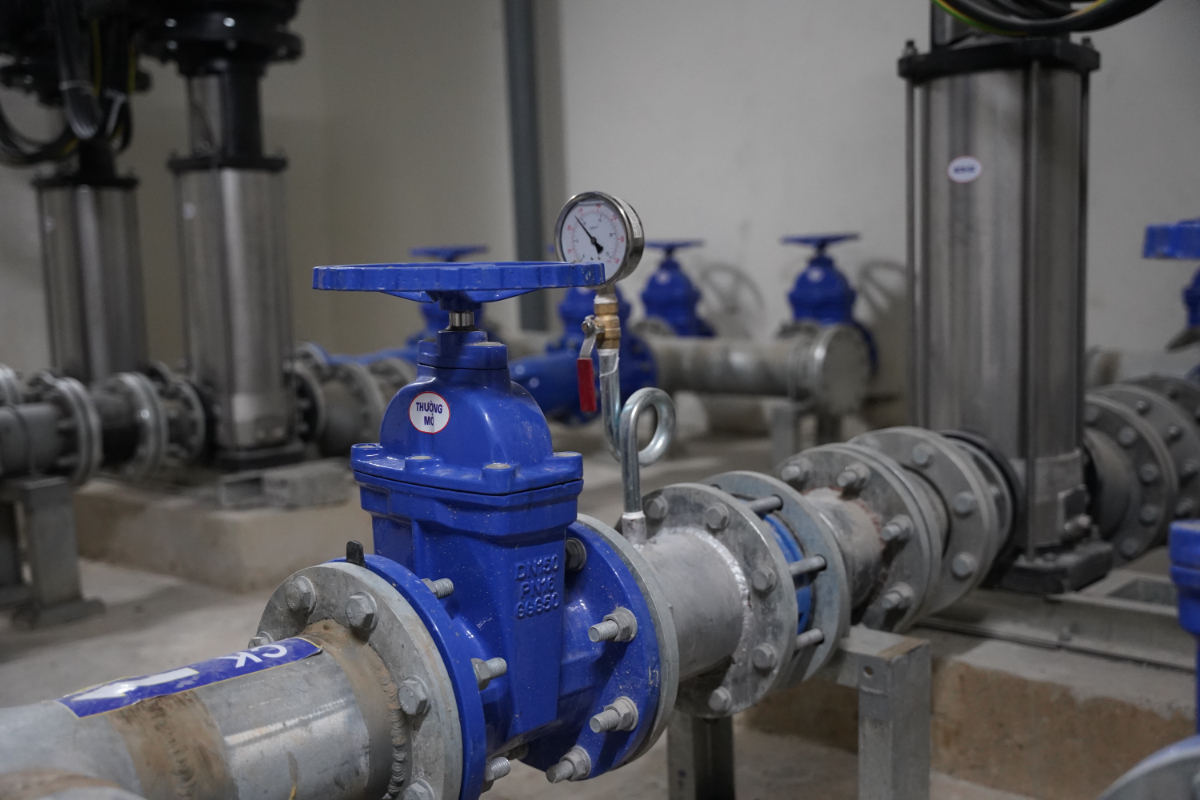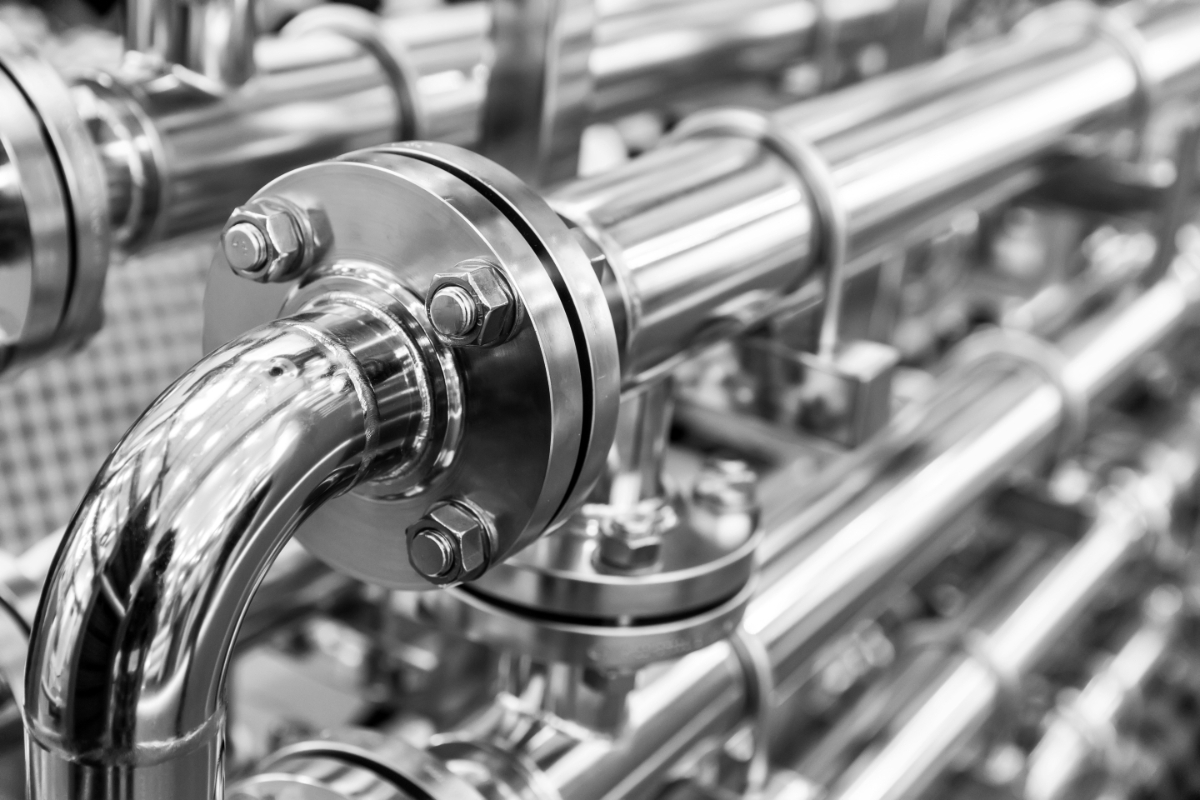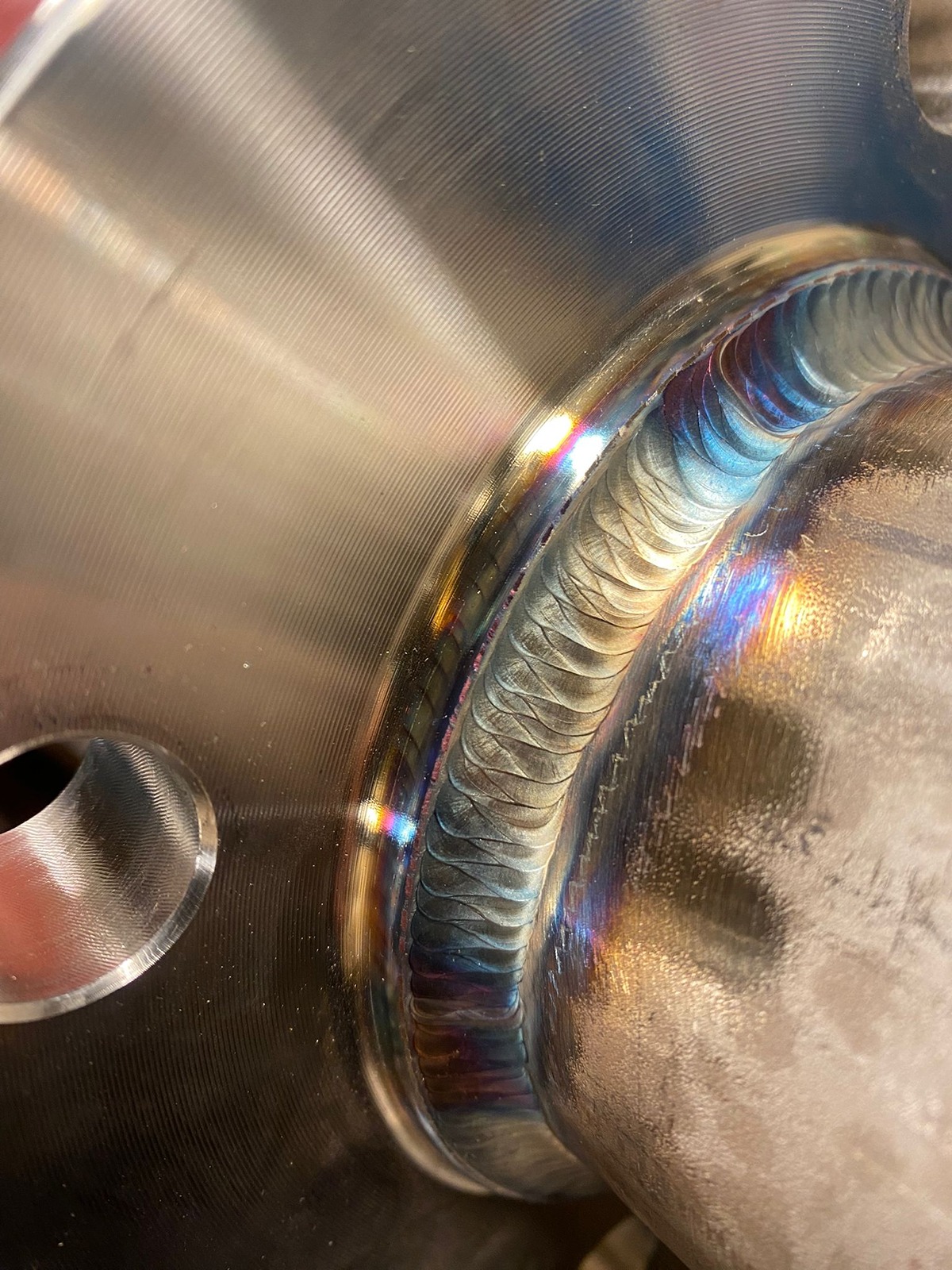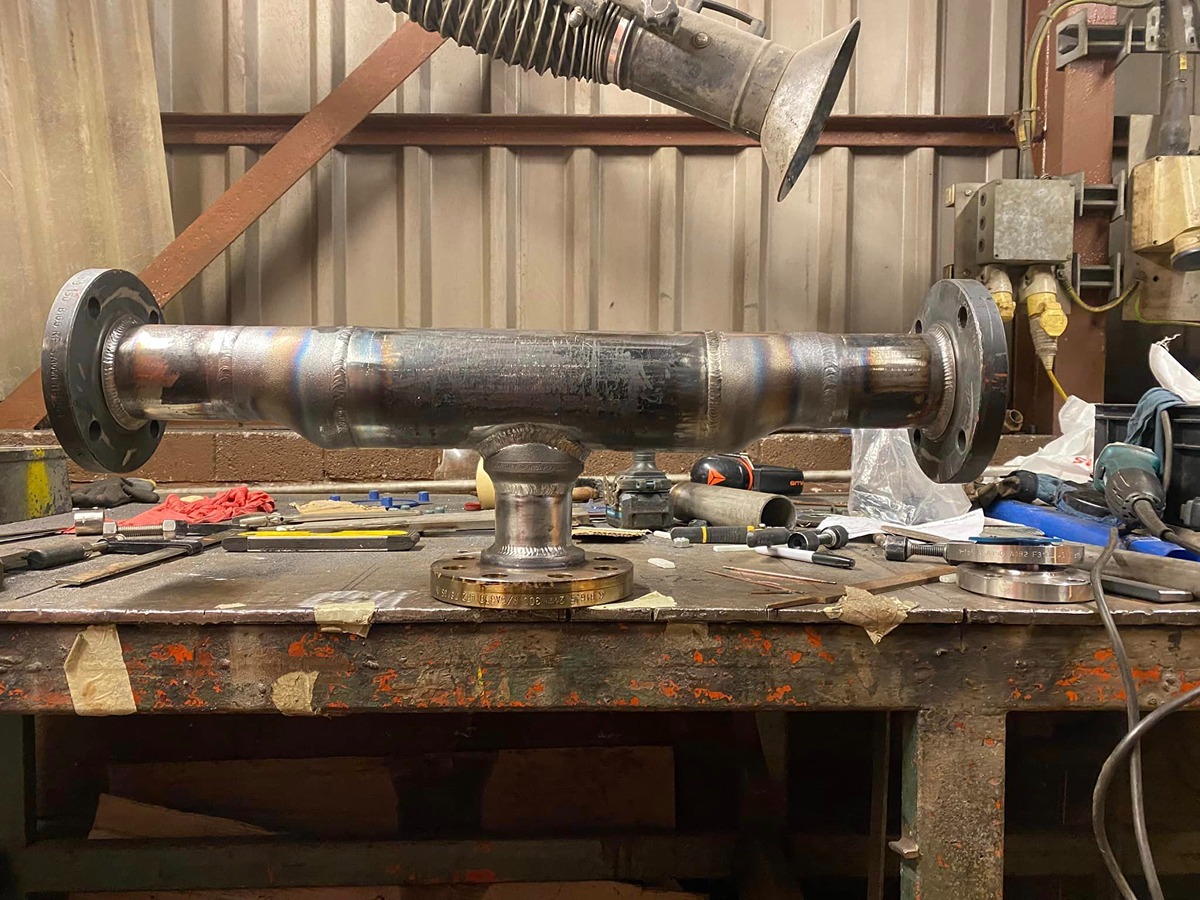How does Hydrostatic Testing help ensure equipment safety? Uncover its importance, particularly for high-pressure systems, to reduce safety risks and improve reliability.
Why does certain Equipment Require Hydrostatic Testing?
Hydrostatic testing assesses the integrity and safety of equipment that operates under pressure. This testing method involves filling the equipment with water or another incompressible fluid and applying pressure to ensure it can withstand its operating conditions without failure.
Hydrostatic testing is used to find issues and reduce the risks associated with high-pressure equipment. By subjecting equipment to pressures above normal levels, hydrostatic testing helps find issues like cracks, leaks, or material defects. This is particularly important for pressure vessels, pipelines, fire extinguishers, and hydraulic systems, where, if they fail to operate, it could have serious consequences.
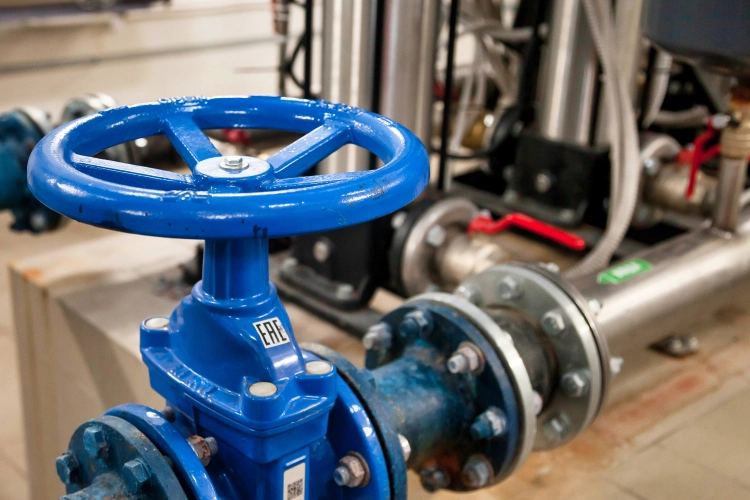
Pressure Vessels and Boilers
Hydrostatic testing is crucial for verifying the safety and reliability of pressure vessels and boilers. Pressure vessels and boilers operate under extreme pressure and temperatures, making their structural integrity essential.
Hydrostatic testing is an effective way to ensure these systems can withstand the demands of their intended use.
Hydrostatic testing is used to find weaknesses such as cracks, leaks, or material defects that could compromise the functionality of pressure vessels and boilers.
Over time, issues like corrosion, stress, and thermal expansion can weaken the system and increase its risk of failure. Hydrostatic testing subjects the equipment to pressures higher than its operating conditions in order to identify issues before they become hazardous.
Compliance with industry standards is another reason why hydrostatic testing is crucial. Many regulations require pressure vessels and boilers to undergo periodic testing to help prevent accidents, protect personnel, and ensure the longevity of the equipment.
Pipelines and Storage Tanks
Pipelines and storage tanks transport or store hazardous materials, such as oil, gas, or chemicals. Hydrostatic testing ensures that these systems can safely handle the pressures and materials they are designed to carry. By subjecting pipelines and tanks to hydrostatic testing, any pressure drops or potential issues can be found, allowing repairs to be made before the equipment is used.
Beyond safety, hydrostatic testing is also a regulatory requirement in many industries, as it ensures that pipelines and storage tanks meet strict compliance standards and operate within their approved specifications. This testing method is particularly important for newly constructed systems, as it ensures that they are safe to use.
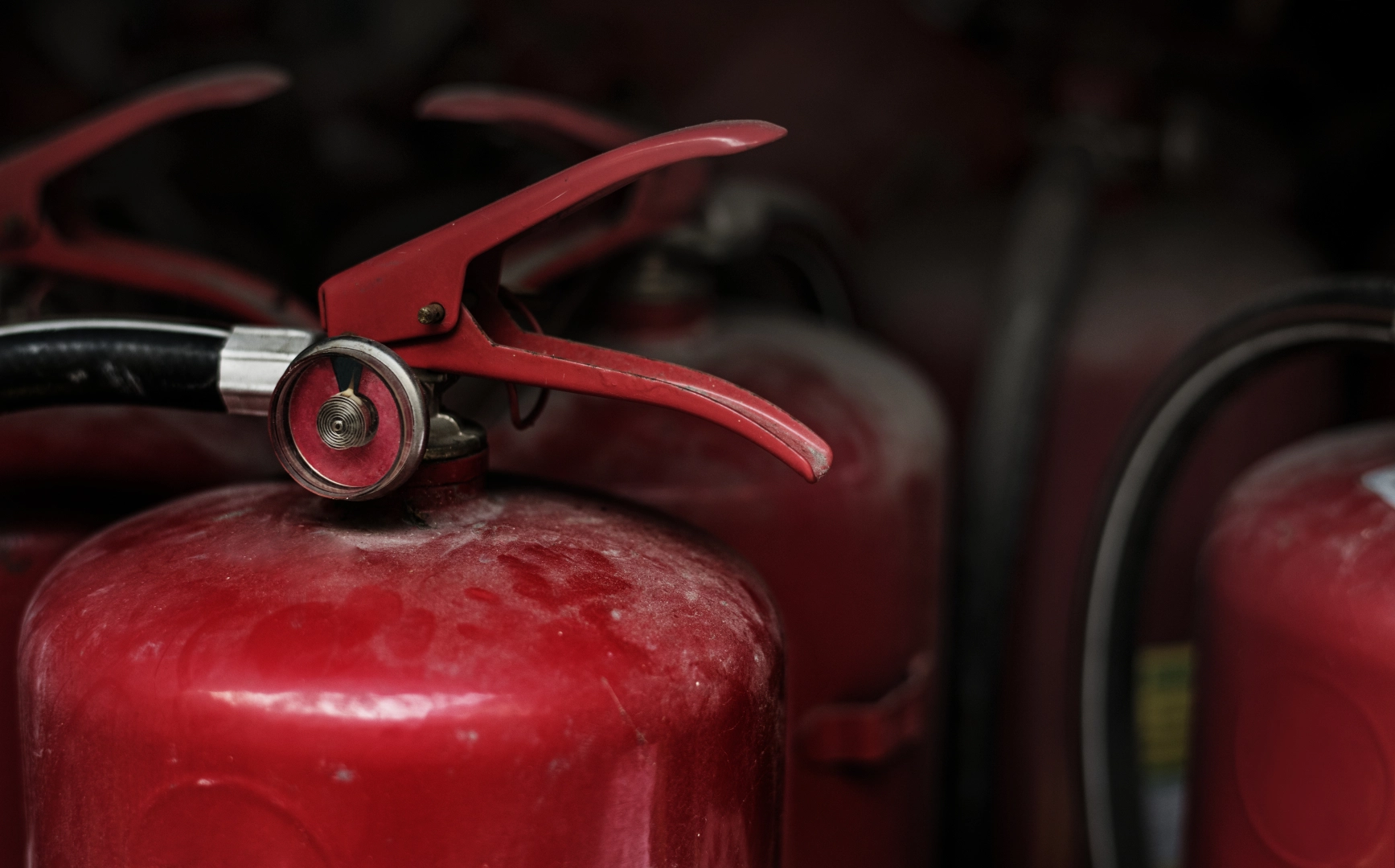
Fire Suppression Systems and Hydraulic Equipment
Hydrostatic testing ensures the safety and reliability of fire suppression systems by checking their ability to withstand high pressures during operation. Any issues that are found during the test can be repaired so that the system is fully operational.
For hydraulic equipment, hydrostatic testing confirms the integrity of hoses, cylinders, and other components. This is crucial for preventing sudden failures that could cause injuries or damage any machinery.
Hydrostatic testing also ensures that fire suppression systems and hydraulic equipment meet regulatory standards.
Anderson Engineering And Welding Services specialises in hydrostatic testing and can ensure the safety and reliability of pipelines, pressure vessels, and storage tanks. We can ensure your equipment complies with industry standards and functions reliably. Contact us today for hydrostatic testing services in Manchester, Stockport, Salford and Wilmslow.

